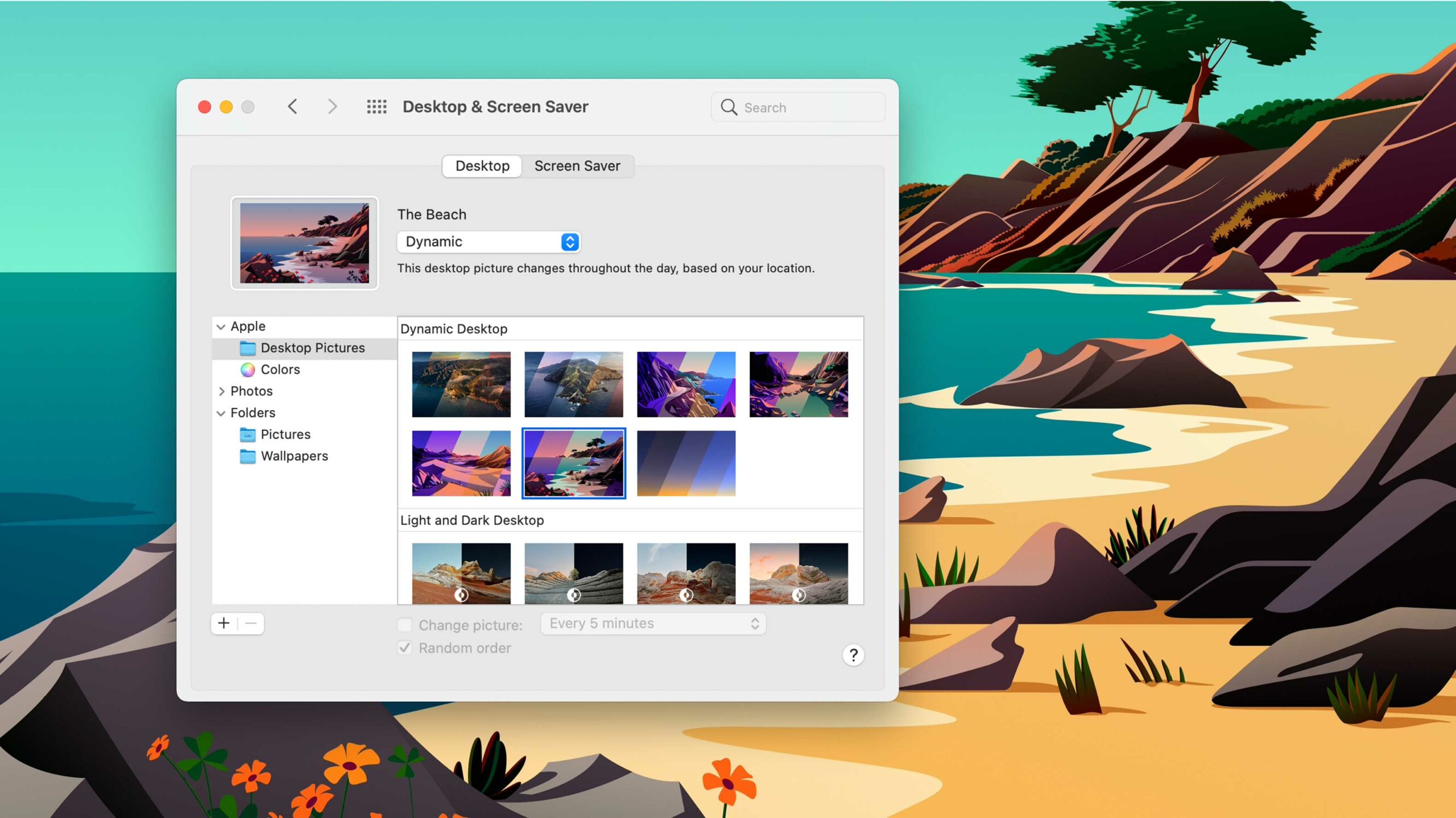

In macro and photomicrography the closer one is to the subject or the higher the magnification the shallower the depth of field. Stacking can be used in landscape photography by combining a photograph focused on the foreground and one focused on the background to create an incredible depth of field that exceeds what could be done using a very high F-stop (F16-F64), using a tilt-shift lens, or even a large format camera. Stacking is done in software using the digital images. Stacking Software For Macro PhotographyĪbove is a Focus stack of a diatom where I combined 10 images in Photoshop 400XĪ focus stack is a photograph that is made up of a combination of two or more images that were focused at different points and then after combining the stacks the final image has a much greater depth of field.For Raw images, use your favorite Raw converter, make your adjustments and export the images as TIFF. Supports a multitude of image formats (JPG, TIFF up to 16-bit/channel, PNG, etc.), Raw images cannot (yet) be developed using StarStaX – there are many better tools for that.Comet mode blending to create comet-like star trails.Interactive gap filling mode to automatically close small gaps in star trails (see the StarStaX tutorial).Blending/stacking modes: Lighten, Darken, Average, Addition, Subtraction, Multiplication.Please also review usage, tutorial, support, and license information. I am trying to the find the best photo stacker software. For macro and photomicrography it might be worth having more features so I will try the free trial version of Helicon and run some tests and see how good it is I know there are some things photoshop is not as good as dedicated programs. Some of our users regularly process 200 megapixels per frame, from high-end Hasselblad cameras. Zerene Stacker can handle any modern camera we know of. Many of our users routinely go over 100 images per stack the biggest ones we know about are over 1000. There is no intrinsic limit on stack depth. Zerene Stacker is designed for deep stacks. Start's feeling it at 6GB images The only downside is the lack of documentation until you know where to find the experts.

It captures, it stacks with the only only exception of planets where registax etc are better. Nebulosity 2 - slow with big images (17MB) as it doesn't scale well for CPU cores. If you don’t mind taking your laptop out in the field, check this one out. It’s available for both Windows and Mac platforms and it supports a surprisingly wide selection of cameras. Nebulosity: This sophisticated application controls both the capturing and stacking of your images.


 0 kommentar(er)
0 kommentar(er)
